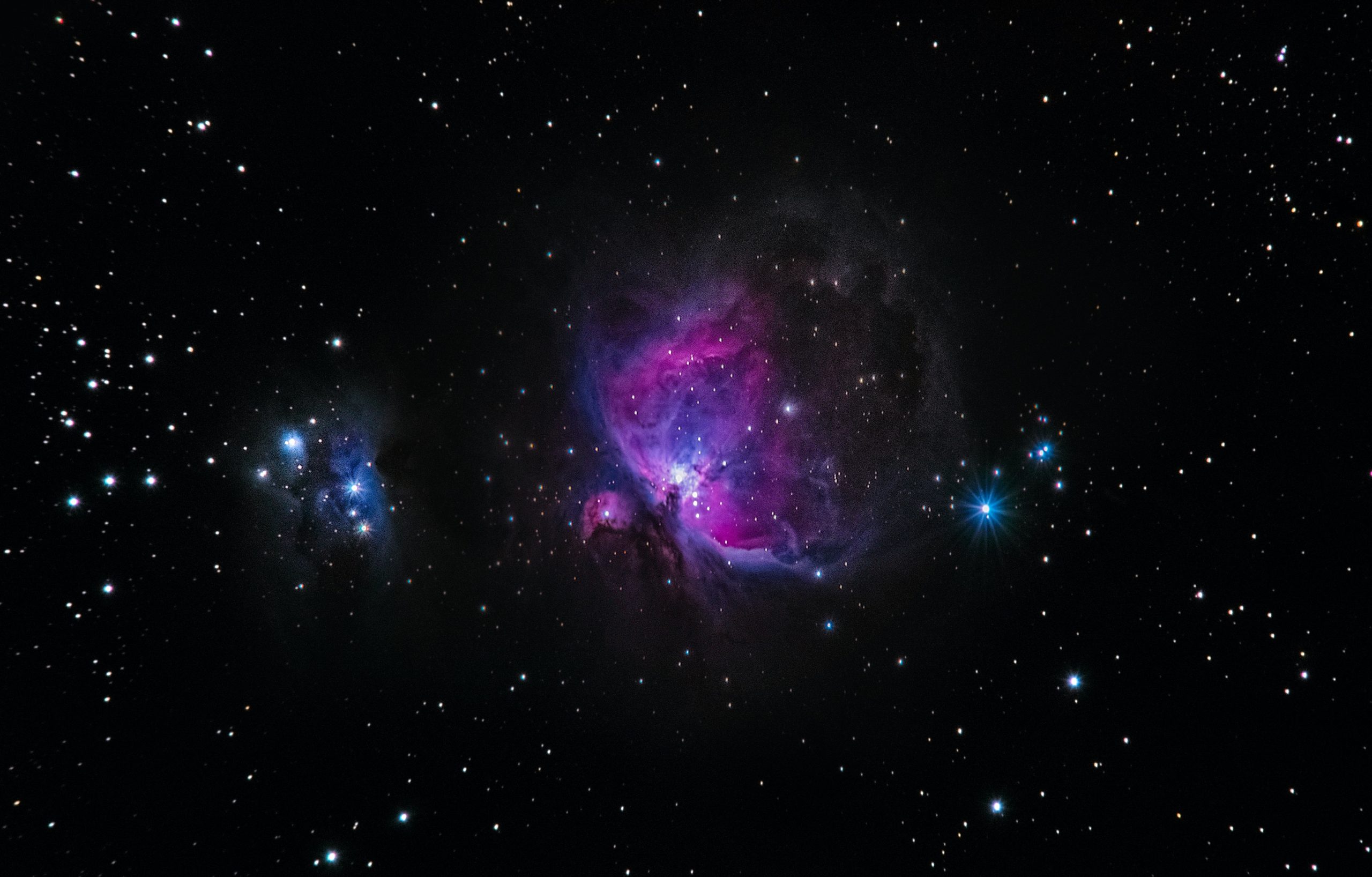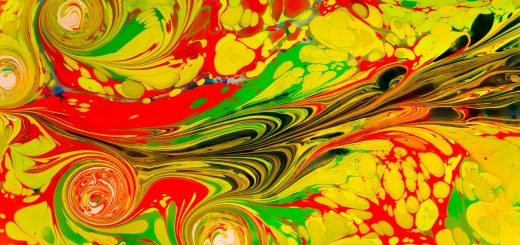Can Birds See UV Light? Amazing Facts

Before diving in, please note: This post is for informational purposes only. If you’d like to know more about how we approach topics, feel free to check out our friendly Disclaimer Page.
Hey there, amazing readers! 🖐️ Just a quick note: yes, we know there are a lot of ads here. Trust us, we get it—it’s not the prettiest look, but they help us keep this blog alive and kicking. Those pesky little ads cover the costs of all the behind-the-scenes magic, from hosting and tech stuff to creating content we hope you’ll love.
We’re committed to delivering quality posts, and your support (even just sticking around despite the ads) means everything to us. So, bear with us, and thanks for helping us keep the good vibes rolling. Now, on to the fun stuff! 😉
TRANSLATE BUTTON AT THE END OF THE ARTICLE
A Quick Overview
Have you ever wondered how birds perceive the world around them?
When we gaze up at the sky and see the vibrant colors of a sunset, birds might be experiencing a whole different visual spectacle.
One of the most fascinating aspects of avian vision is their ability to see ultraviolet (UV) light.
This capability opens up a completely new dimension in their perception of the environment, influencing everything from communication to foraging.
Let’s dive into the captivating world of bird vision and explore how UV light plays a crucial role in their lives.
Can Birds See UV Light? Discovering Their Unique Vision
Absolutely, birds can see UV light!
While humans see wavelengths from approximately 380 to 750 nanometers, many birds can perceive light up to 400 nanometers, extending into the ultraviolet spectrum.
This means their visual experience encompasses a broader range of colors that we can only imagine.
Birds have evolved remarkable adaptations to utilize this ability.
Their eyes contain specialized photoreceptor cells called cone cells, which are sensitive to different wavelengths of light.
Some species possess four types of cones, enabling them to see not just red, green, and blue but also ultraviolet.
This adaptation allows them to detect patterns and colors that are invisible to us.
Imagine walking through a forest where everything appears dull and muted.
But for birds, that same forest may burst with vibrant colors and patterns, allowing them to discern details that are crucial for survival.
This ability to see UV light truly enhances their interactions with each other and the environment.
What is UV Light and How Does It Affect Birds?
Ultraviolet light is a type of electromagnetic radiation with wavelengths shorter than visible light.
It plays a vital role in the natural world, affecting various biological processes.
For birds, UV light has significant implications.
Birds rely on UV light for multiple reasons:
Navigation: UV light helps them to orient themselves during migration.
Some species use it to distinguish between landmarks.
Communication: Many birds have plumage patterns visible only in UV light, which can convey signals to potential mates or rivals.
Foraging: Certain fruits and flowers reflect UV light, making them more visible to birds and guiding them to food sources.
In essence, UV light forms a fundamental part of how birds interact with their surroundings.
It’s like a secret communication channel they constantly tap into.
The Evolution of Bird Vision: A Colorful Journey
Birds have a fascinating evolutionary history that has shaped their vision.
This journey began millions of years ago and is marked by adaptations that serve specific ecological needs.
Early ancestors of birds likely had simpler visual systems, but as they evolved, so did their need for improved vision.
Predation: Birds of prey developed sharper vision and the ability to see UV to hunt more effectively, spotting prey against varied backgrounds.
Mating Rituals: Many birds evolved colorful plumage enhanced by UV reflectance to attract mates.
This visual extravagance is often tied to reproductive success.
Discover "Dog Care: Learning How to Care for Your Furry Friend 🐾"
Over time, the evolutionary advantage conferred by enhanced vision led to a diversification of species.
Now, each bird species has a visual system finely tuned to its environment.
This testimony to evolution shows how crucial UV vision is in the avian world.
Birds vs. Humans: A Comparative Look at Vision
When comparing bird vision to human vision, the differences are striking.
Humans are trichromatic, meaning we have three types of cone cells that allow us to see a range of colors.
Birds, on the other hand, are often tetrachromatic or even pentachromatic.
Here are some key differences:
Color Range: Birds can see colors beyond our perception, particularly in the ultraviolet spectrum.
Detail and Clarity: Birds possess a higher density of photoreceptors in their retinas, providing them with sharper vision.
Field of View: Many birds have a wider field of view due to the positioning of their eyes, allowing them to detect movement more effectively.
This disparity in vision means birds experience their environment in ways that we can hardly fathom.
It’s like living in a black-and-white movie versus a dazzling IMAX 3D film.
Uncovering the Mechanisms of UV Light Detection
So, how do birds detect UV light?
Their eyes are equipped with specific adaptations that allow them to do so.
The key players in this process are the photoreceptor cells, particularly the cone cells.
Cone Types: Birds typically have four types of cone cells, each sensitive to different light wavelengths, including UV.
Lens Transparency: The lenses of birds’ eyes are often transparent to UV light, allowing it to reach the photoreceptors without significant absorption.
Retinal Structure: The arrangement of photoreceptors in the retina is optimized for detecting UV wavelengths.
Together, these mechanisms create a finely-tuned system that enhances their ability to perceive the world in stunning detail.
It’s a remarkable feat of biology, allowing birds to thrive in their diverse environments.
The Importance of UV Light in Birds’ Daily Lives
UV light is not just a scientific curiosity; it plays a practical role in the everyday lives of birds.
From the moment they wake up to the time they settle down for the night, birds rely on their ability to see UV light in several vital ways.
Foraging: Birds use their UV vision to identify ripe fruits and flowers, which often reflect UV light.
This skill is essential for survival.
Social Interactions: UV patterns on feathers can indicate health and vitality, helping birds make decisions about mating and social hierarchies.
Predator Avoidance: By seeing UV patterns on their surroundings, birds can better detect predators trying to camouflage themselves.
In essence, UV light helps birds make critical decisions that affect their survival.
It’s a daily tool, enhancing their interactions with the environment.
Birds and Their Vibrant Plumage: A UV Perspective
The plumage of birds is often more than just a colorful display; it’s a canvas that tells a story.
For many species, feathers reflect UV light in unique patterns, making them stand out in a way that’s invisible to our eyes.
This phenomenon is crucial for several reasons.
Attracting Mates: Male birds often display vibrant, UV-reflective feathers to attract females.
These feathers signal genetic fitness and health.
Establishing Territory: UV patterns can help delineate territory between competing males, reducing physical confrontations.
Camouflage: Some species have evolved feathers that blend into their environment in UV light, aiding in predator avoidance.
The interplay between UV light and plumage not only enhances beauty but also serves essential functions in bird life.
How UV Light Affects Bird Behavior and Communication
Birds are social creatures, and communication is key to their survival.
UV light enhances their ability to relay messages both visually and behaviorally.
This can be seen in several areas:
Courtship Displays: Many birds engage in elaborate courtship behaviors that showcase their UV patterns, leveraging this vision to communicate fitness to potential mates.
Aggression Signals: Males may display their vibrant colors during confrontations to assert dominance without physical combat.
Parent-Offspring Interactions: Some species use UV cues to guide chicks to food sources, ensuring their survival.
It’s fascinating to consider how much of their social behavior is influenced by something we cannot see.
UV light is a silent but powerful player in avian relationships.
The Role of UV Light in Finding Food and Mate Selection
Finding food and choosing a mate are foundational aspects of a bird’s life, and UV perception plays a significant role in both.
Food Selection: Many insects, fruits, and flowers reflect UV light, making them stand out to birds.
This ability allows birds to locate nutritious meals more efficiently.
Mate Selection: In breeding seasons, females often choose mates based on the vibrancy of their UV-reflective plumage.
Males with brighter colors are often perceived as healthier and more desirable.
These processes are crucial for the survival and continuation of bird species.
It’s incredible how UV light influences decisions that have profound implications for their lifestyles.
Fascinating Species: Birds That Excel in UV Vision
Some bird species are particularly renowned for their extraordinary ability to see UV light.
Let’s spotlight a few of these amazing avian creatures:
Pigeons: These birds have phenomenal navigation skills, utilizing UV light to find their way home over long distances.
Hummingbirds: Their ability to see UV light helps them locate nectar-filled flowers that reflect UV shades, ensuring they always have food.
Blue Jays: These intelligent birds use UV vision to evaluate fruit ripeness and assess the health of their potential mates.
Each of these species showcases the incredible adaptations birds have developed to thrive in their environments, a testament to nature’s ingenuity.
How Scientists Study Birds’ Ability to See UV Light
To understand how birds perceive UV light, scientists employ various techniques.
Research often involves a combination of field studies and laboratory experiments.
Behavioral Tests: Researchers observe how birds react to UV-reflective objects to gauge their ability to detect UV light.
Anatomical Studies: Dissections of bird eyes allow scientists to examine the structure of photoreceptor cells and their adaptations.
Field Observations: Observing birds in their natural habitats helps scientists see how UV vision influences behaviors like foraging and mating.
These methods provide valuable insights into the avian visual system, deepening our understanding of how birds interpret their world.
The Future of Bird Vision Research: Exciting Discoveries Ahead
As technology advances, the future of bird vision research looks promising.
New tools and methods are opening doors to discoveries we can’t yet imagine.
Here’s what’s on the horizon:
Imaging Technology: Enhanced imaging techniques will allow scientists to visualize UV patterns in the field more easily.
Genetic Studies: Understanding the genetics behind UV vision can help explain how these adaptations evolved and how they are maintained.
Conservation Implications: Studying how birds perceive their environments can inform conservation strategies, ensuring that habitats maintain the qualities birds need to thrive.
The quest to further understand bird vision is an exhilarating journey.
As we uncover more, our appreciation for these incredible creatures only grows stronger.
Conclusion
Birds’ ability to see UV light is a fascinating aspect of their biology, influencing their behavior, communication, and survival.
As we explore the colorful world of avian vision, we gain insights into how these magnificent creatures interact with their environment.
From their vibrant plumage to their daily foraging and mating rituals, UV light is an integral part of the avian experience.
So, the next time you see a bird flitting about, remember that it’s experiencing a vibrant world far beyond our comprehension.
Isn’t nature just incredible?

The Enlightenment Journey is a remarkable collection of writings authored by a distinguished group of experts in the fields of spirituality, new age, and esoteric knowledge.
This anthology features a diverse assembly of well-experienced authors who bring their profound insights and credible perspectives to the forefront.
Each contributor possesses a wealth of knowledge and wisdom, making them authorities in their respective domains.
Together, they offer readers a transformative journey into the realms of spiritual growth, self-discovery, and esoteric enlightenment.
The Enlightenment Journey is a testament to the collective expertise of these luminaries, providing readers with a rich tapestry of ideas and information to illuminate their spiritual path.
Our Diverse Expertise 🌟
While our primary focus is on spirituality and esotericism, we are equally passionate about exploring a wide range of other topics and niches 🌍📚. Our experienced team is dedicated to delivering high-quality, informative content across various subjects ✨.
To ensure we provide the most accurate and valuable insights, we collaborate with trusted experts in their respective domains 🧑🏫👩🏫. This allows us to offer well-rounded perspectives and knowledge to our readers.
Our blog originally focused on spirituality and metaphysics, but we’ve since expanded to cover a wide range of niches. Don’t worry—we continue to publish a lot of articles on spirituality! Frequently visit our blog to explore our diverse content and stay tuned for more insightful reads.





